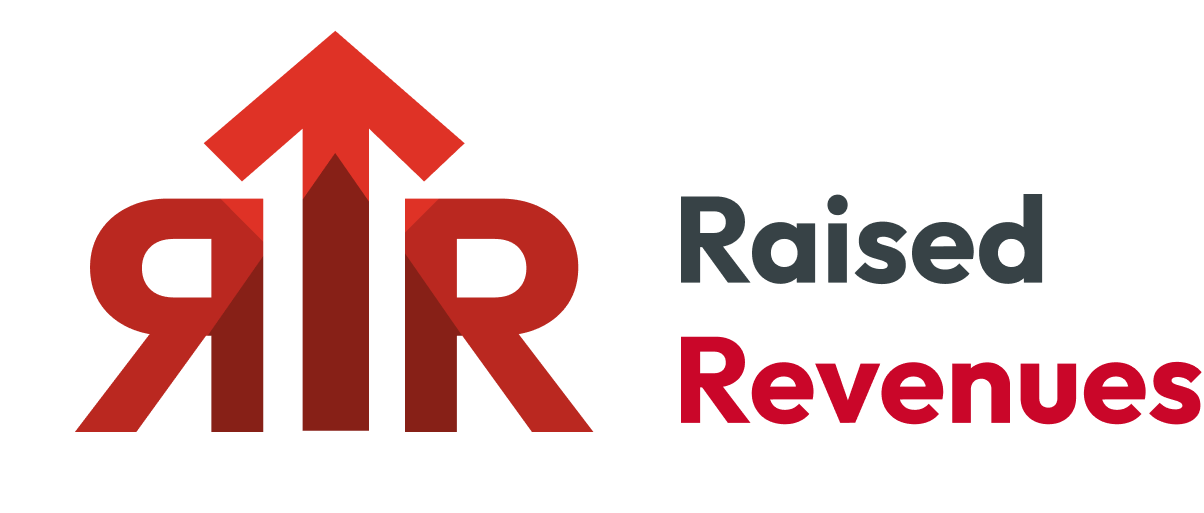On this week’s edition of Stock Talk with Joe Rabil, Joe shows how to build a case that can increase your odds of a winning trade. By using multiple timeframes and making sure a stock meets key criteria, you can improve your odds. Joe discusses an example and goes through the key criteria on monthly, weekly, and daily charts. He then goes through the stock requests that came through this week, including $BTCUSD, CCL, GOOGL, and more.
This video was originally published on June 22, 2023. Click this link to watch on YouTube.
Archived episodes of the show are available at this link. Send symbol requests to stocktalk@stockcharts.com; you can also submit a request in the comments section below the video on YouTube. Symbol Requests can be sent in throughout the week prior to the next show. (Please do not leave Symbol Requests on this page.)

